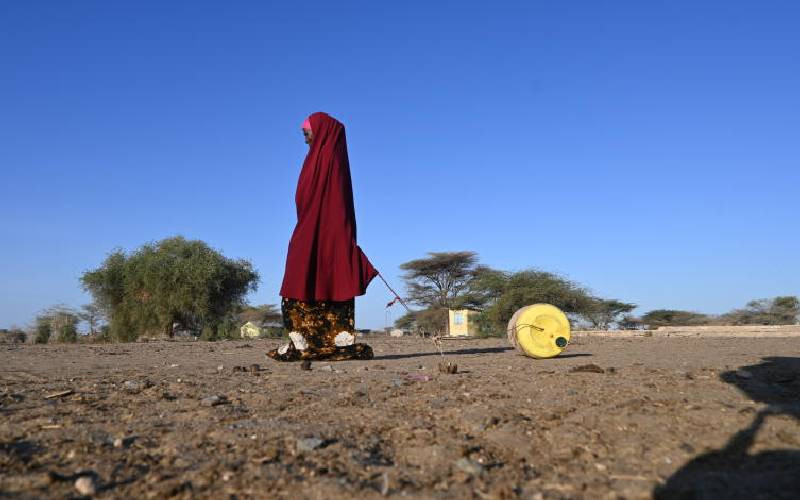×
The Standard e-Paper
Read Offline Anywhere

Kenya's drought situation worsened after the rains failed and farms were invaded by the Fall armyworm, leaving 4.5 million people in dire need of relief food, according to a December report by the National Drought Management Authority (NDMA).
The agency said delayed and poor rainfall distribution affected crop production in agricultural areas, further undermining the already fragile food security situation facing most households.